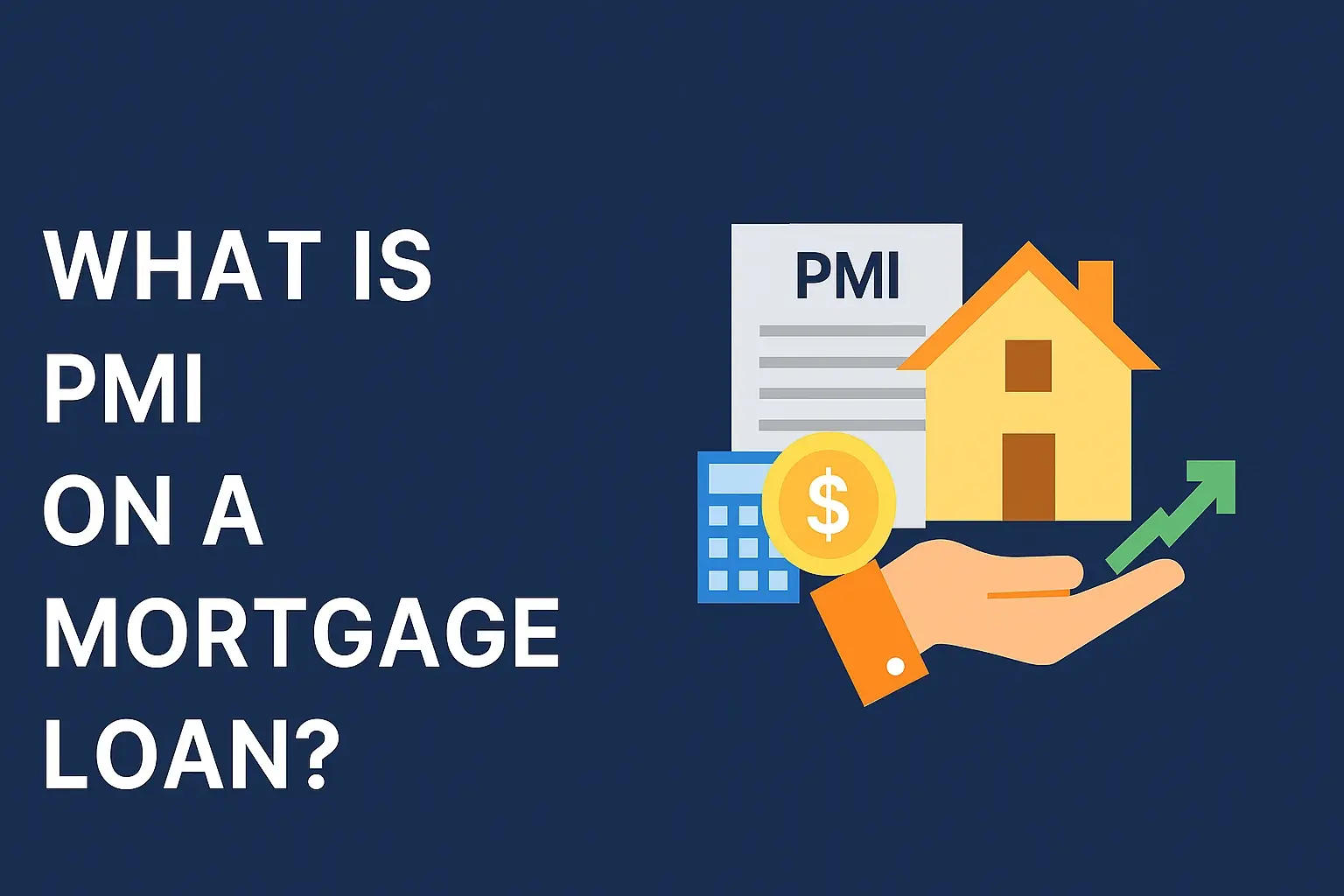-
Posted on: 23 Apr 2025

-
Securing your financial future starts with understanding how to protect your personal information. A credit freeze, also known as a security freeze, is a powerful tool that prevents new credit accounts from being opened in your name. This guide will walk you through everything you need to know about freezing your credit report in 2025, empowering you to safeguard against identity theft.
What is a Credit Freeze and Why Should You Consider It?
A credit freeze, officially known as a security freeze, is a protective measure that restricts access to your credit report. When you place a freeze, it prevents credit bureaus from releasing your credit information to potential creditors without your explicit permission. This means that if a fraudster attempts to open a new credit card, loan, or utility account in your name, they will be denied because the creditor cannot access your credit history. In 2025, with the increasing sophistication of cyber threats and data breaches, understanding and implementing a credit freeze is more crucial than ever for safeguarding your financial identity. It's a proactive step to significantly reduce the risk of becoming a victim of identity theft.
The Advantages: Why Freezing Your Credit is Smart
Freezing your credit report offers a robust layer of protection against identity theft. The primary benefit is the prevention of unauthorized new accounts being opened in your name. This is particularly important given the prevalence of large-scale data breaches. For instance, in 2024, millions of individuals had their sensitive data compromised, making them prime targets for identity thieves. By freezing your credit, you make it exceedingly difficult for criminals to exploit your personal information for financial gain.
Beyond preventing new account fraud, a credit freeze can offer peace of mind. Knowing that your credit information is locked down provides a sense of security. It also simplifies your financial management, as you don't have to constantly monitor for suspicious activity related to new credit applications. While it requires a few extra steps to temporarily unfreeze your credit when you need to apply for new credit yourself, the long-term security benefits often outweigh this minor inconvenience.
Furthermore, for parents and guardians, freezing the credit of minors is an essential step in protecting them from identity theft from a young age. Children's Social Security numbers are often targeted by criminals because they remain unused for longer periods, making them ideal for fraudulent activities. A credit freeze for a child can prevent this exploitation before it even begins.
Step-by-Step Guide: Freezing Your Credit with the Major Bureaus
Freezing your credit report is a straightforward process, but it needs to be done individually with each of the three major credit bureaus: Equifax, Experian, and TransUnion. Fortunately, as of the Credit Reporting Agency Act of 2018, placing and lifting a credit freeze is free of charge for all consumers nationwide.
Freezing Your Equifax Credit Report
To freeze your Equifax credit report, you can typically do so online, by phone, or by mail. The online method is generally the quickest.
- Visit the Equifax Freeze Portal: Navigate to the official Equifax website and look for their security freeze page or identity protection services.
- Create an Account or Log In: You may need to create a username and password or log in if you already have an account.
- Provide Personal Information: You'll be asked to provide identifying information, such as your name, address, date of birth, and Social Security number, to verify your identity.
- Submit Your Request: Follow the on-screen prompts to submit your freeze request.
- Receive Confirmation: Equifax will provide you with a confirmation and a unique Personal Identification Number (PIN) or password. Keep this PIN in a safe place, as you'll need it to unfreeze your credit later.
For mail requests, you can download the appropriate form from the Equifax website and mail it to their designated address. Phone requests can be made by calling their customer service line.
Freezing Your Experian Credit Report
Experian also offers an easy-to-use online system for placing a security freeze.
- Go to the Experian Freeze Page: Visit the Experian website and find the section dedicated to security freezes or identity protection.
- Initiate the Freeze: Look for an option to "Place a Security Freeze" or similar.
- Verify Your Identity: You will need to provide personal details to confirm you are who you say you are. This may include your name, address, date of birth, and the last four digits of your Social Security number.
- Complete the Request: Follow the instructions to finalize your freeze.
- Obtain Your PIN: Experian will issue a confirmation and a PIN or password that is essential for future access. Store this PIN securely.
Experian also provides options for freezing via phone or mail if you prefer not to use their online portal.
Freezing Your TransUnion Credit Report
TransUnion offers a similar streamlined process for security freezes.
- Access TransUnion's Freeze Service: Go to the TransUnion website and locate their security freeze or identity protection services.
- Start the Freezing Process: Select the option to place a security freeze on your credit report.
- Identity Verification: You will be prompted to enter personal information to verify your identity.
- Submit and Confirm: Complete the request form and submit it.
- Save Your PIN: TransUnion will provide you with a confirmation and a unique PIN. This PIN is critical for managing your freeze in the future.
As with the other bureaus, TransUnion also offers alternatives like phone and mail for those who prefer them.
Credit Freezes vs. Fraud Alerts: What's the Difference?
While both credit freezes and fraud alerts are designed to protect your credit from identity theft, they operate differently and offer varying levels of protection. Understanding these distinctions is key to choosing the right security measure for your needs.
A fraud alert is a notification placed on your credit file that alerts potential creditors to verify your identity before extending credit. There are three types of fraud alerts:
- Initial Fraud Alert: Lasts for one year and is recommended if you suspect you've been or may be a victim of identity theft.
- Extended Fraud Alert: Lasts for seven years and is available if you have been a victim of identity theft and can provide documentation.
- Active Duty Alert: Lasts for one year and is for active military personnel. It requires creditors to take extra steps to verify identity.
When a fraud alert is in place, creditors are supposed to take reasonable steps to confirm your identity before approving a new credit application. This might involve calling you at a phone number listed on your credit report or using other verification methods.
A credit freeze, on the other hand, is more restrictive. It completely blocks access to your credit report. Unless you temporarily lift the freeze, no one, including you, can open new credit accounts in your name. This makes it a more robust form of protection against identity theft because it physically prevents new credit from being established.
Here's a comparison table:
Feature Credit Freeze Fraud Alert Access Restriction Blocks access to your credit report entirely. Requires creditors to verify your identity before extending credit. Effectiveness Against New Accounts Highly effective; prevents new accounts from being opened. Moderately effective; relies on creditor vigilance. Temporary Lifting Required for New Credit? Yes, you must temporarily lift it to apply for credit. No, but creditors must verify identity. Cost (2025) Free. Free. Duration Indefinite until you lift it. 1 year (initial), 7 years (extended), 1 year (active duty). Complexity for User Requires PIN management and temporary lifts. Generally less complex for the user. In essence, a fraud alert is a warning flag, while a credit freeze is a locked door. For comprehensive protection against identity theft, a credit freeze is generally considered the stronger option.
When is the Best Time to Freeze Your Credit?
The ideal time to freeze your credit is before you become a victim of identity theft. Proactive measures are always more effective than reactive ones. Consider freezing your credit in the following situations:
- After a Data Breach: If you receive notification that your personal information was compromised in a data breach, freezing your credit immediately is highly recommended. In 2024, numerous breaches exposed millions of Social Security numbers and other sensitive data, making this a common trigger for freezes.
- If You Notice Suspicious Activity: If you see unfamiliar credit inquiries on your credit report, receive bills for accounts you didn't open, or notice other signs of potential identity theft, a freeze is a critical next step.
- For Children: As mentioned earlier, freezing the credit of minors is a wise precaution, as their Social Security numbers are often targeted for long-term fraud. You can freeze a child's credit as soon as they are issued a Social Security number.
- Before a Major Life Event: If you are planning to move, change jobs, or undergo any significant life change that might involve new applications for credit or services, freezing your credit beforehand can prevent complications.
- For General Peace of Mind: Even if you haven't experienced a specific threat, freezing your credit offers a robust layer of security against the ever-present risk of identity theft. Many consumers choose to keep their credit frozen indefinitely.
There is no "bad" time to freeze your credit. If you are concerned about your identity being compromised, taking action now is always the best strategy.
How to Unfreeze Your Credit Report
When you need to apply for credit, such as a mortgage, car loan, or new credit card, you will need to temporarily lift your credit freeze. This process is just as straightforward as placing a freeze and, like the freeze itself, is free of charge. You must unfreeze your credit with each bureau individually.
The general steps to unfreeze your credit are as follows:
- Contact Each Credit Bureau: Reach out to Equifax, Experian, and TransUnion. You can typically do this online, by phone, or by mail. The online method is usually the fastest.
- Provide Your PIN: You will need the unique PIN or password that was provided to you when you initially placed the freeze.
- Specify the Duration: You can choose to temporarily lift the freeze for a specific period (e.g., 24 hours, 48 hours, or a few days) or permanently lift it. For most applications, a temporary lift is sufficient.
- Verify Your Identity: You may be asked to re-verify some personal information.
- Confirmation: You will receive confirmation once the freeze has been lifted.
Important Note: When you apply for credit, the lender will request your permission to temporarily lift the freeze for that specific inquiry. You will need to provide them with your PIN. It's advisable to unfreeze your credit a day or two before your application to ensure the process is complete.
If you plan to apply for multiple credit products in a short period, you might consider lifting the freeze for a longer duration to avoid repeated unfreezing processes. However, remember to refreeze your credit once you've completed your applications to maintain your security.
The Cost of Credit Freezes in 2025
One of the most significant positive changes in recent years, which continues in 2025, is that placing, managing, and lifting a credit freeze is entirely free for all consumers. This was largely due to federal legislation, including the Economic Growth, Regulatory Relief, and Consumer Protection Act, which made these services free nationwide.
Previously, consumers might have been charged a small fee by each credit bureau to freeze or unfreeze their credit. However, as of 2025, you can freeze and unfreeze your credit report with Equifax, Experian, and TransUnion without any cost. This accessibility ensures that financial protection is available to everyone, regardless of their financial situation.
This free access makes a credit freeze an incredibly valuable and cost-effective tool for identity theft prevention. You can implement this powerful security measure without any financial burden.
Busting Myths: Common Misconceptions About Credit Freezes
Despite the widespread availability and benefits of credit freezes, several misconceptions persist. Let's clear up some of the most common myths:
Myth 1: A credit freeze prevents me from checking my own credit report.
Fact: This is incorrect. You can always access and review your own credit report, even when it's frozen. You can also check your credit score. The freeze only restricts access for new credit applications by third parties.
Myth 2: A credit freeze will negatively impact my credit score.
Fact: Placing a credit freeze has no impact on your credit score. Your score is based on your credit history, payment behavior, and other financial factors, not on whether your report is frozen.
Myth 3: If I freeze my credit, I won't be able to get a job or rent an apartment.
Fact: Employers and landlords typically use background checks that may involve credit reports. However, when they request your credit report for these purposes, they will usually ask for your permission to temporarily lift the freeze. You will need to provide them with your PIN or follow their instructions to allow access.
Myth 4: A credit freeze is the same as a fraud alert.
Fact: As discussed earlier, they are different. A freeze is a complete block, while an alert is a notification. A freeze offers stronger protection.
Myth 5: Freezing my credit means I can't get any new credit.
Fact: You can still obtain new credit, but you must temporarily lift the freeze for the specific lender. This is a minor inconvenience that ensures your identity is protected.
Myth 6: Once frozen, my credit stays frozen forever.
Fact: You have complete control over your freeze. You can lift it temporarily for specific purposes or permanently remove it whenever you choose.
Understanding these facts will help you confidently use credit freezes as a powerful tool for identity protection.
What to Do If Your Identity Is Stolen Despite a Freeze
While a credit freeze is an excellent deterrent, it's not an impenetrable shield. In rare cases, identity theft can still occur. If you discover that your identity has been stolen, even with a freeze in place, you need to act swiftly. Here are the crucial steps to take:
- Report the Theft to the Federal Trade Commission (FTC): Visit IdentityTheft.gov, the FTC's official website. This is the most important first step. They will guide you through creating an identity theft report and a recovery plan.
- Contact the Credit Bureaus: Inform Equifax, Experian, and TransUnion of the identity theft. You will likely need to provide them with a copy of your FTC identity theft report. They will place a fraud alert on your file and may take other actions to protect your credit.
- File a Police Report: Depending on your situation and the advice from IdentityTheft.gov, you may need to file a police report. This can serve as further documentation of the crime.
- Contact the Creditors Involved: If fraudulent accounts were opened, contact the financial institutions where the accounts were established. Explain that you are a victim of identity theft and provide them with your FTC report number.
- Change Your Passwords and Security Information: Update all your online account passwords, especially for financial institutions, email, and social media. Enable two-factor authentication wherever possible.
- Monitor Your Accounts Closely: Continue to monitor your bank accounts, credit card statements, and credit reports for any further suspicious activity.
Acting quickly and systematically is key to minimizing the damage caused by identity theft. The FTC's IdentityTheft.gov is an invaluable resource for navigating this complex process.
Exploring Alternatives and Complementary Security Measures
While a credit freeze is a top-tier security measure, other tools and practices can complement your identity protection strategy.
- Credit Monitoring Services: These services track your credit reports and alert you to significant changes, such as new accounts, inquiries, or changes in personal information. While they don't prevent fraud, they can alert you to it quickly. Many credit card companies and banks offer free credit monitoring as a perk.
- Identity Theft Protection Services: These comprehensive services often include credit monitoring, dark web monitoring (scanning for your personal information on illicit online forums), and sometimes insurance to cover losses from identity theft. Examples include LifeLock, IdentityForce, and Aura.
- Regularly Reviewing Credit Reports: You are entitled to a free credit report from each of the three major bureaus every week through April 2025 at AnnualCreditReport.com. Regularly checking these reports for unfamiliar activity is a fundamental security practice.
- Strong Passwords and Two-Factor Authentication (2FA): Using unique, complex passwords for all your online accounts and enabling 2FA whenever available adds a critical layer of security against unauthorized access.
- Shredding Sensitive Documents: Properly dispose of any documents containing personal or financial information before discarding them.
- Being Wary of Phishing Attempts: Be cautious of unsolicited emails, texts, or phone calls asking for personal information. Legitimate organizations rarely ask for sensitive data this way.
For many, the most robust strategy involves combining a credit freeze with vigilant personal security practices. A freeze provides the primary barrier, while other measures offer early detection and broader online protection.
Conclusion: Securing Your Financial Future with Credit Freezes
In the evolving landscape of digital threats in 2025, proactively protecting your personal and financial identity is paramount. A credit freeze, or security freeze, stands out as one of the most effective tools available to consumers. By restricting access to your credit report, you create a formidable barrier against identity theft, preventing unauthorized new accounts from being opened in your name.
We've explored what a credit freeze entails, its numerous benefits, and provided a clear, step-by-step guide on how to implement it with Equifax, Experian, and TransUnion. Understanding the distinction between a credit freeze and a fraud alert is crucial, with the freeze offering a more stringent level of protection. The good news is that in 2025, these services are entirely free, making them accessible to everyone.
Remember to keep your Personal Identification Numbers (PINs) secure and know how to temporarily lift or permanently remove the freeze when you need to apply for credit yourself. Busting common myths surrounding credit freezes will empower you to use this tool with confidence. Should the unthinkable happen and your identity be compromised, swift action, starting with reporting to the FTC, is key.
Take control of your financial security today. Freeze your credit report and gain the peace of mind that comes with knowing your identity is well-protected. It's a simple, free, and powerful step towards a more secure financial future.










